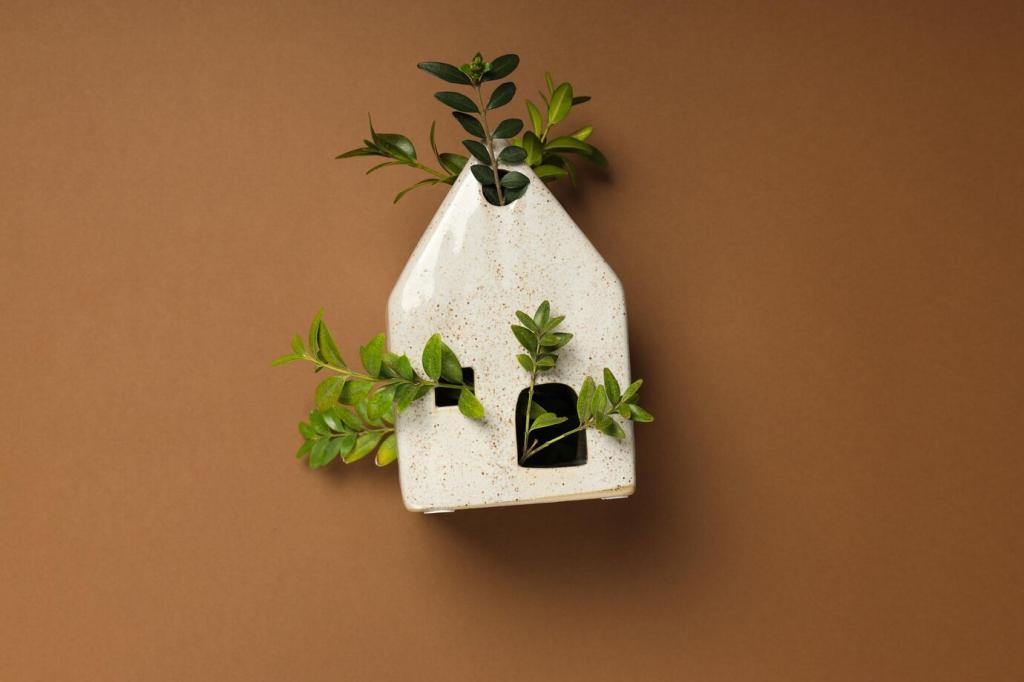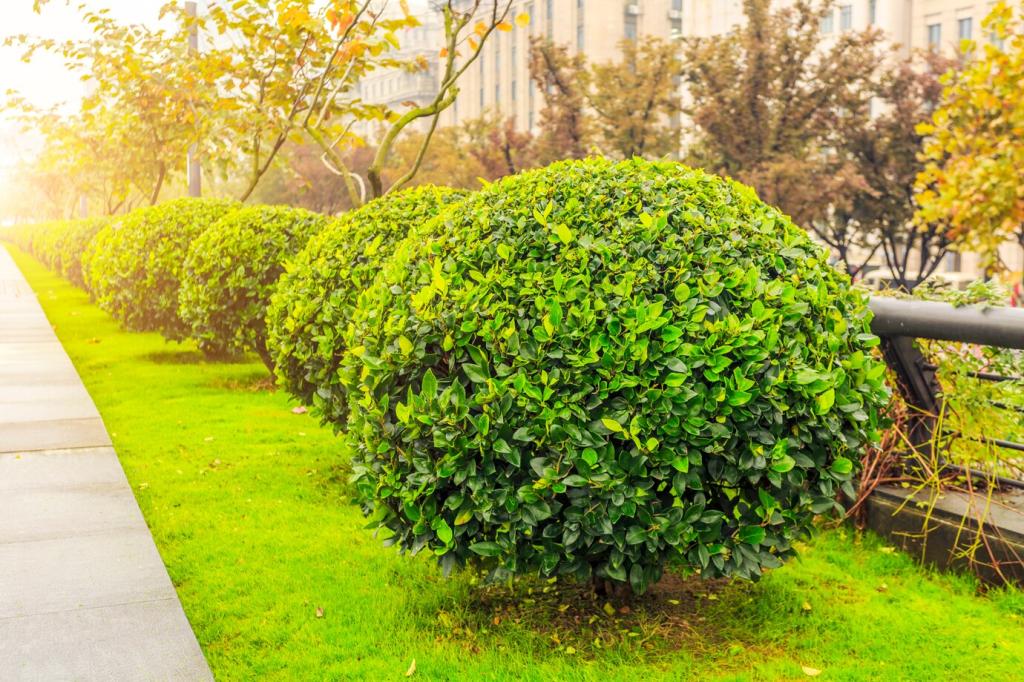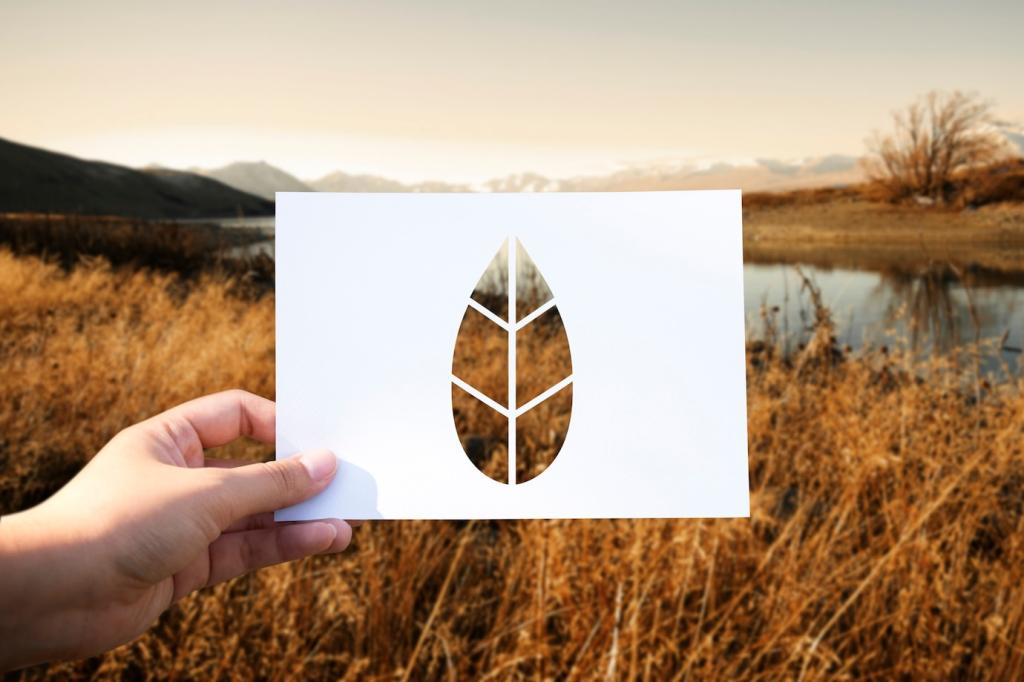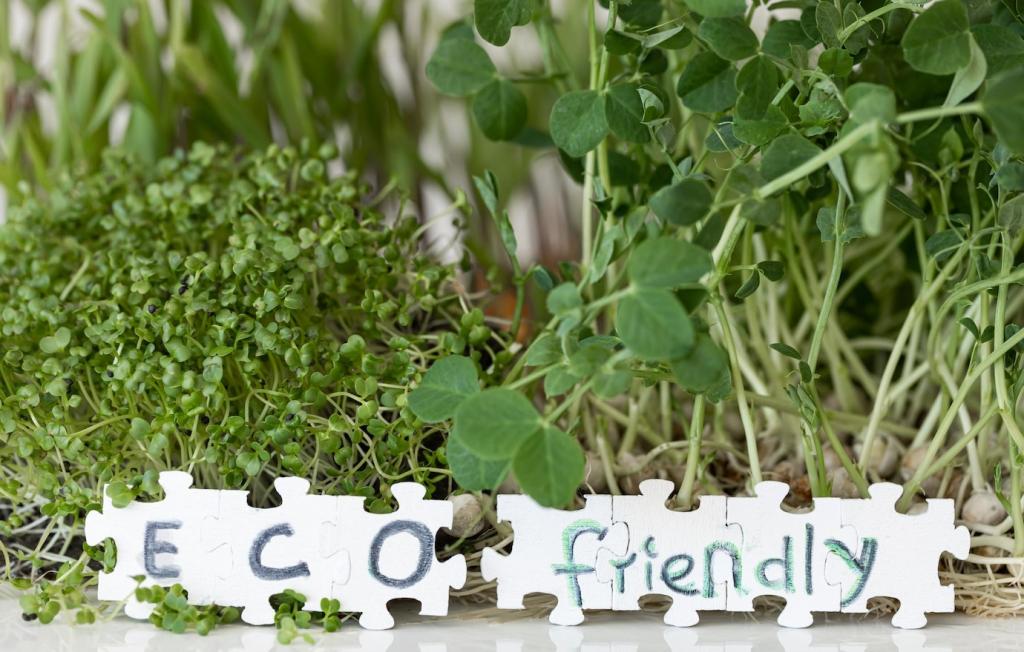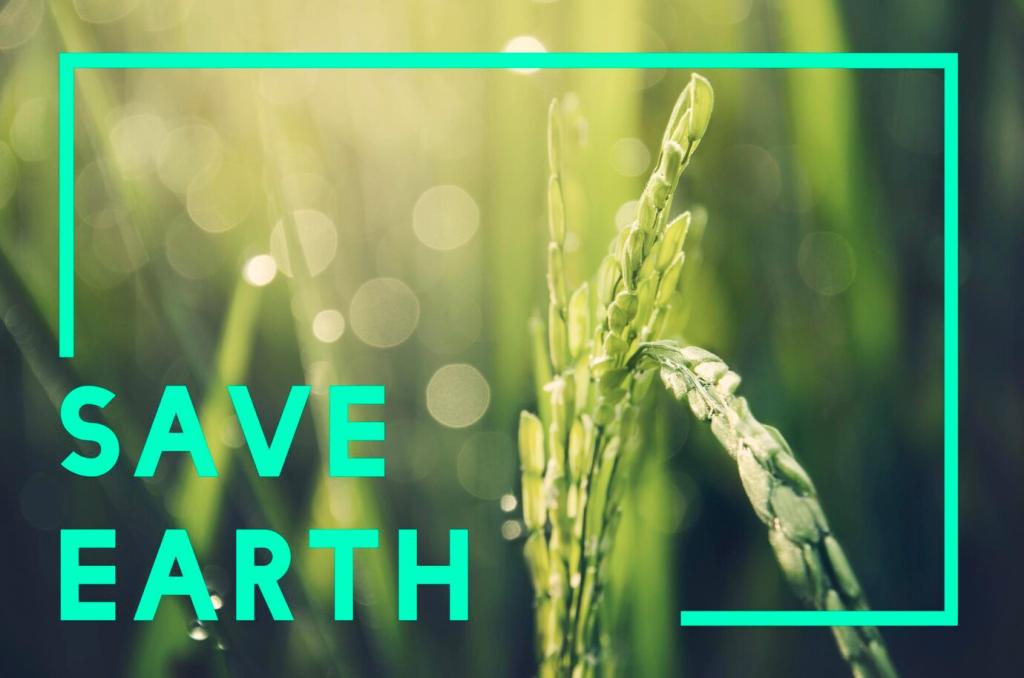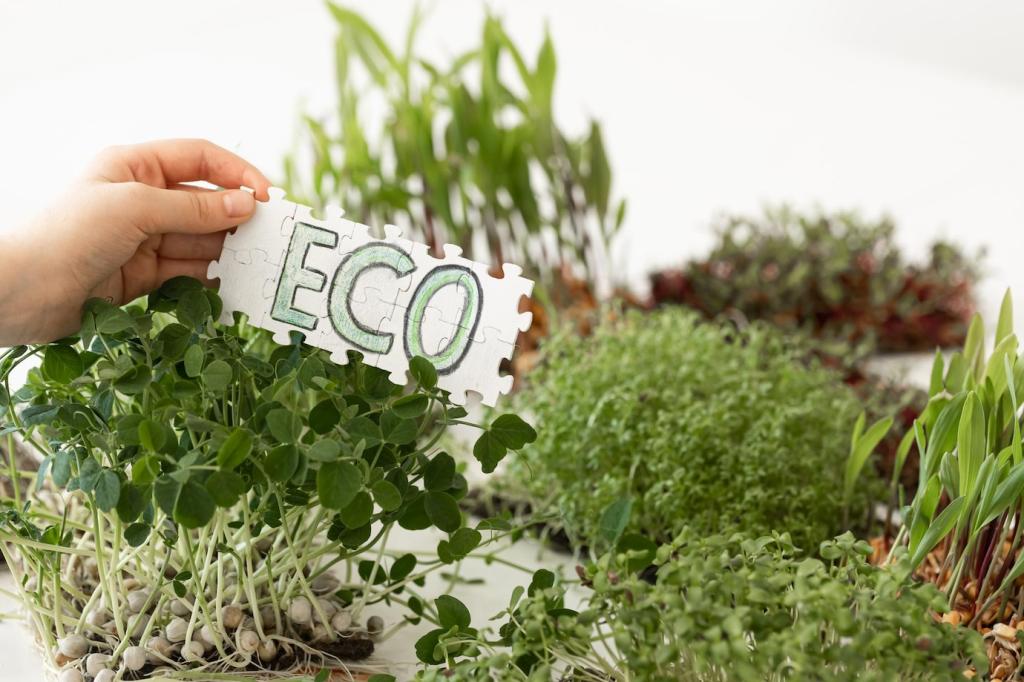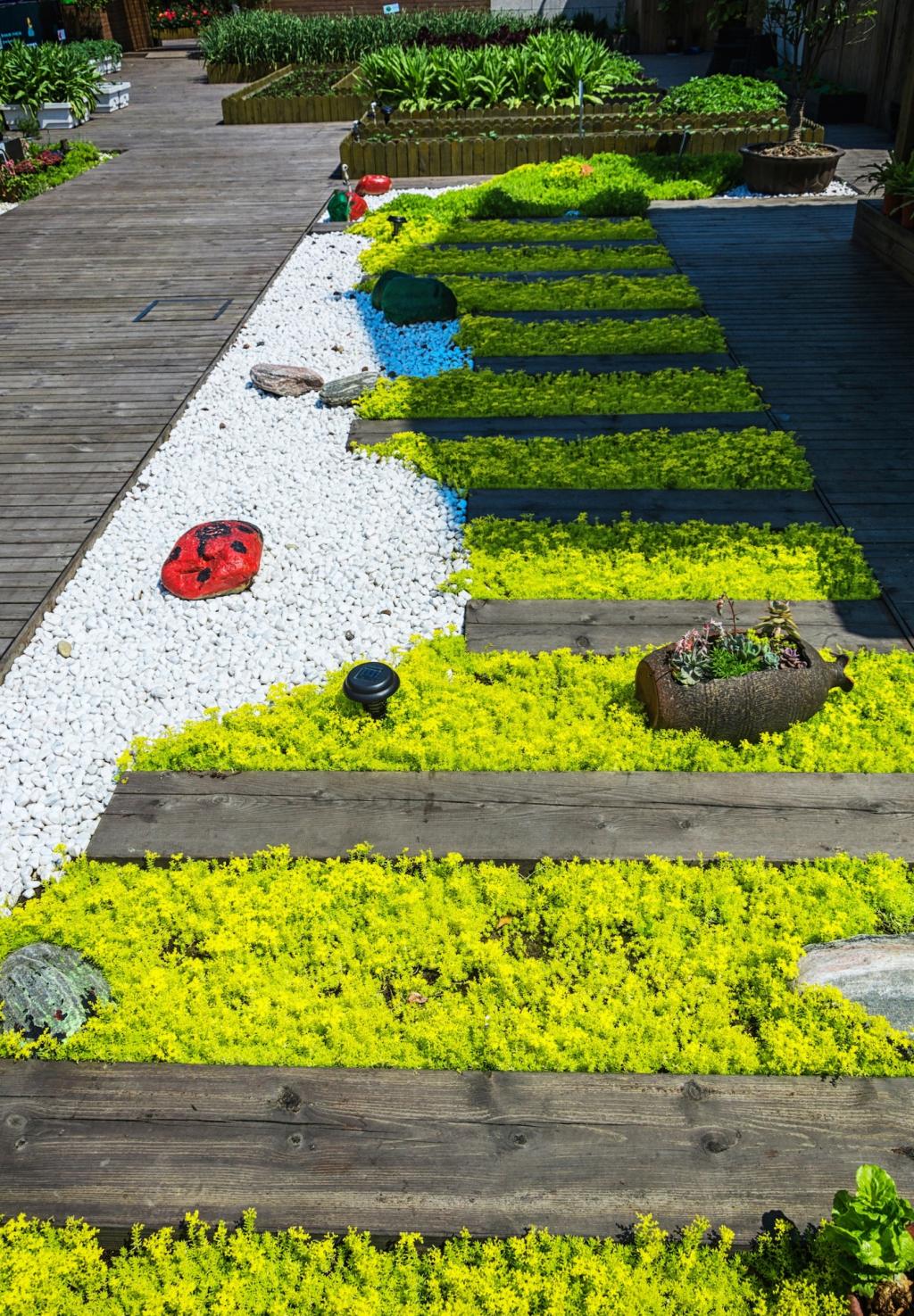Efficient Irrigation Systems That Sip, Not Gulp
Drip systems target roots, reduce evaporation, and minimize weeds by keeping foliage dry. Use pressure regulators and filters to keep flows consistent. Comment if you prefer inline emitters or button emitters—and why.
Efficient Irrigation Systems That Sip, Not Gulp
Weather‑based controllers adjust schedules after rain or during heatwaves. Pairing with soil sensors avoids watering saturated soil, saving water and protecting roots. Subscribe for our setup checklist and seasonal programming reminders.

